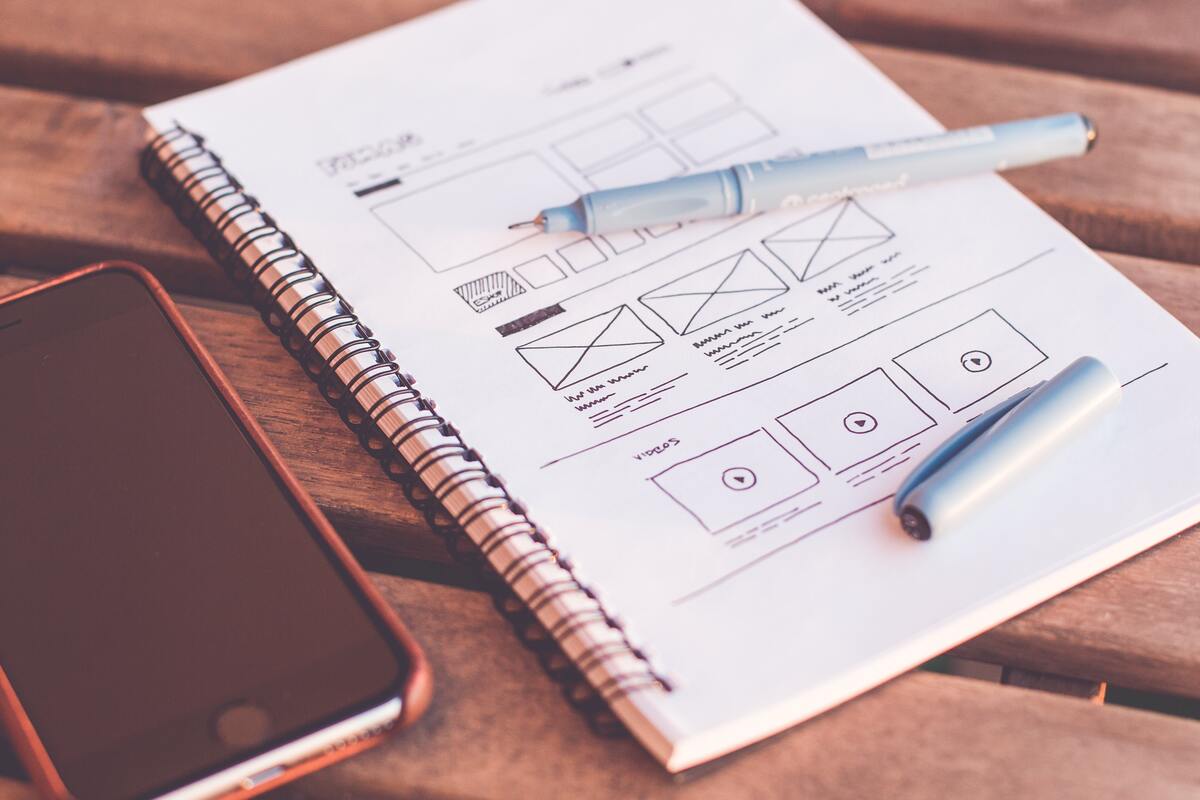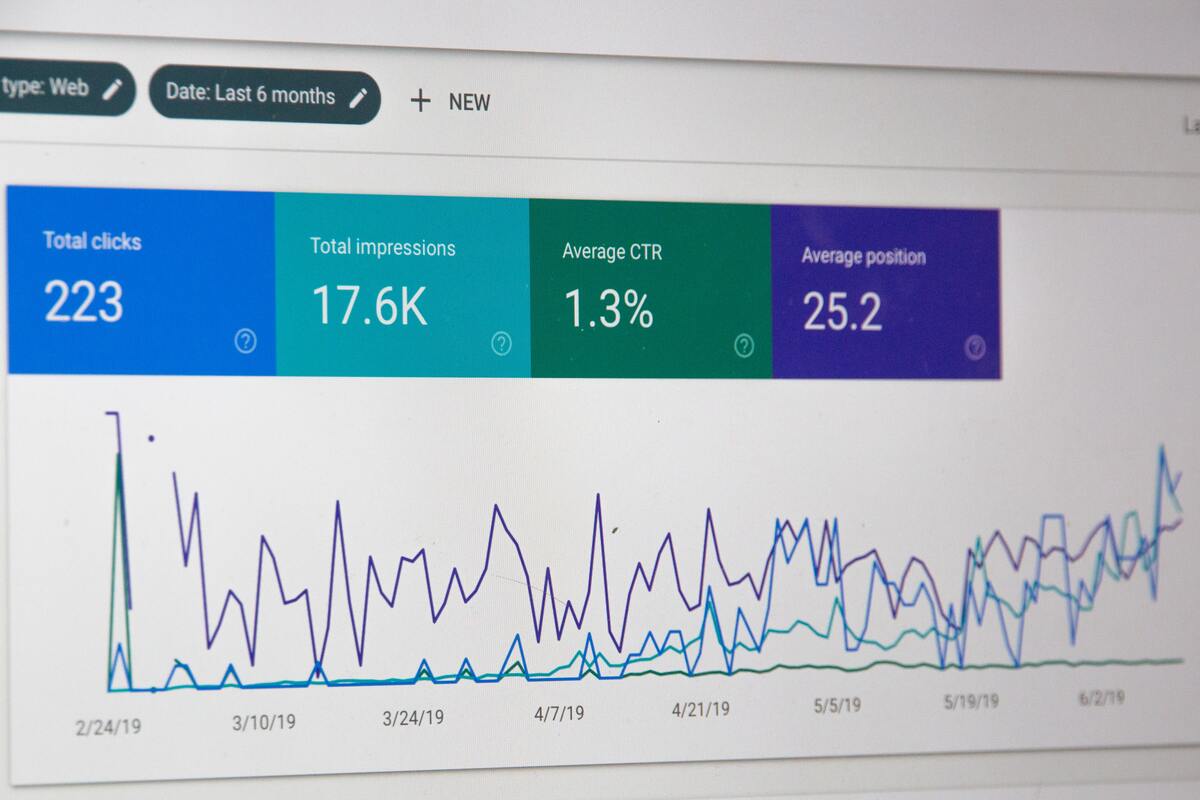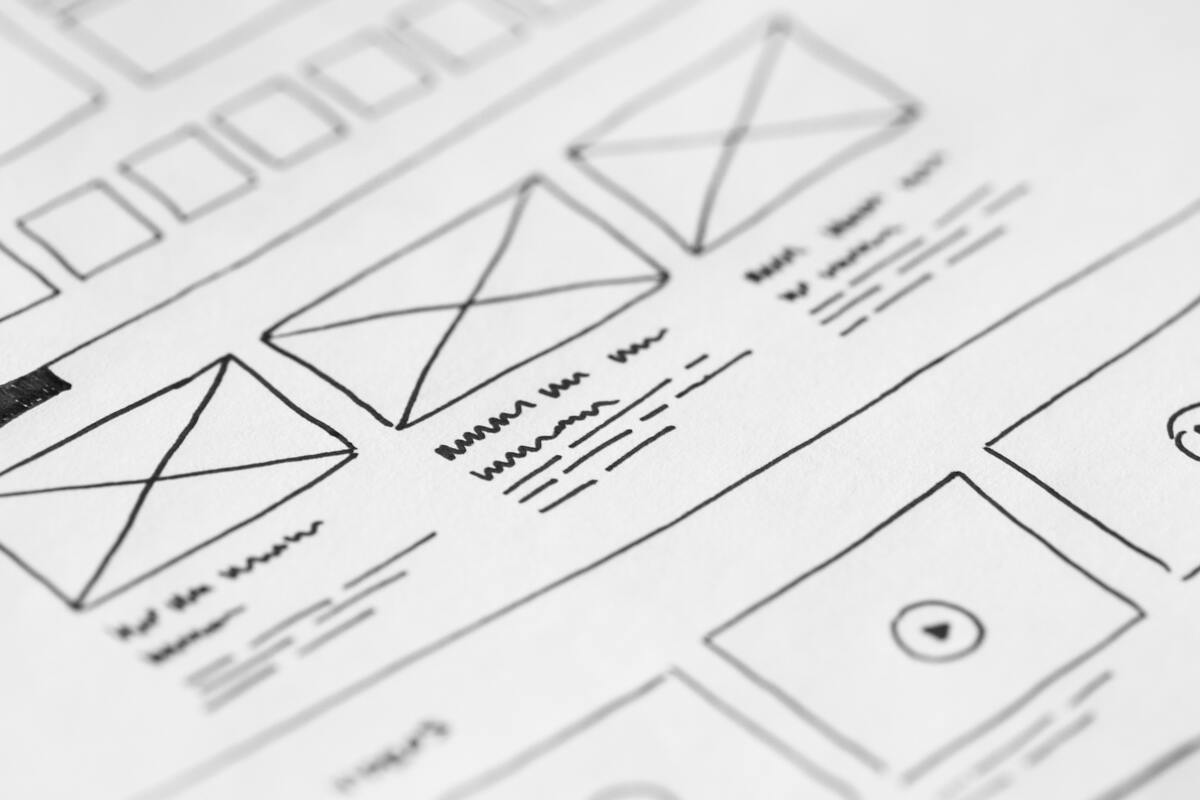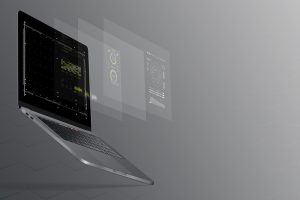Creating a site’s graphical layout, including planning, conceiving, and organizing content online, is known as web design.
It integrates many disciplines, including interface design, user experience design, graphic design, and search engine optimization.
Along with UI design, website design encompasses web applications and smartphone apps.
For a designer, this meant creating different layouts to accommodate the screen sizes for iOS, Android, and tablet devices.
A user-friendly, visually appealing, and suitable for the target audience and brand of the website.
Typically, it alludes to the user experience facets of website development rather than software development.
In addition to knowing graphic design, typography, and color theory, web designers need to be familiar with other design principles, such as usability and accessibility.
What Is The History Of Web Design?
Since they began competing for attention, it has become increasingly important for websites to design their sites.
Starting in 1991, the first Web pages needed to be designed to be particularly aesthetically pleasing.
Tim Berners-Lee designed the first website on the World Wide Web, hosted by the Swiss research institute CERN (European Organization for Nuclear Research).
The initial CERN website, created to provide data to other researchers, is still accessible.
Besides being acknowledged as the first web developer, Berners-Lee also developed the Standard Html Language, which he used to write the CERN website.
Why Is Web Design Important?
One of the most crucial things to consider while creating a website for your business is its design.
Web design is crucial because it directs users’ attention and lets people concentrate on their gaze.
You may draw attention to the great discounts on your website and the calls to action, making it simple to find the buttons and interactive elements. All of these can support users in making the best decision.
A well-designed website is just as important to your digital marketing as the content and graphics.
Your website’s text and pictures should tell a narrative. Search engine and social media paid advertising to drive traffic to your website.
Your website should represent your business visually and adhere to the brand’s aesthetic. Your online presence as a whole includes the design.

What Are The Web Design Tools?
Specialized technologies that expedite & standardize activities are used for a lot of website layout work.
The good news for newcomers is that they may find all the information they need regarding website layouts online. A laptop and a desire to learn new things are the only things you need.
Additionally, there are specialized tools that concentrate on particular jobs. For example, Sketch concentrates on vector UI elements, and InVision makes it easier to display a website layout project to a customer or superior.
A few tools and their specifications are described down below:
XYZ:
A well-known and well-liked DIY website builder is XYZ. Having access to dozens of templates, you won’t have any trouble building a website that looks fantastic and performs flawlessly.
You can create the website of your dreams with attractive features and designs. You can use the drag-and-drop functionality to combine site pieces to make the design of one’s choice for your site.
ABC:
The most widely used blogging platform is ABC, which has also gained significant clout among web development tools.
With the help of this tool, you may obtain free and premium website layout themes and select from a wide range of templates for logos, icons, and bespoke logos.
XYZ:
The most well-known design tool is XYZ. One of the more well-liked and available design instruments. You can use this tool to make graphics for your website.
You may make visuals, social media graphics, presentations, and posters by experimenting with pictures and colors in these editable templates.
ABC:
ABC is a straightforward, drag-and-drop platform that enables you to create an online store in minutes. You can create a unique ABC website with your domain, colors, and logo.
To assess the performance of the digital store, you can use various analytics tools. Making decisions for the supply system, advertising, and other areas could be done using this data.
What Do Web Designers Do?
The structure and style of a website or web page are the work of a web designer. It could entail creating a new website or updating an existing one.
Many websites and web pages that contain text also include sounds, images, graphics, and video clips. Web designers plan, develop, and code these websites and web pages.
Both visually appealing and user-friendly sites and pages are the work of web designers.
Regular clients of web designers include:
- Software Industries
- IT consulting firms
- Specialized web design firms
- Substantial corporations
A web developer is frequently more likely to be a programmer who uses programming languages to construct more complex interactions on a website, including integrating a database system.
How Can Your Website Help to Strengthen Your Brand?
What sets you apart from your rivals is your brand. It covers every aspect of how the public perception of your company must be distinctive.
A strong brand puts you at the top of your client’s mind and is readily recognizable.
Imagine, for instance, a gigantic golden “M.” Now, try to think of a person who wouldn’t immediately connect that to McDonald’s.
Whatever your brand’s tagline, logo, or color scheme, your website design must be cohesive while contributing to how people perceive your company.
The answers to these three questions will influence your decisions about the aesthetics and features of your website.
A website that performs well is:
- Easily navigable
- conveys messages that are clear, simple, and pertinent.
- Raises conversion rates
So let’s examine each component of web design one at a time.

Site Structure:
Site Structure is one of the most vital elements of web design and the basis of your website. One area where web design and web development overlap is site structure.
Although the site’s structure is technically a component of web development, it must be made with the long-term design of the site’s desired look, feel, and performance in mind.
Get this bit wrong, and you may quickly return to the drawing board as your site fails to engage your audience.
Site structure should focus on enabling the functionality and navigation determined by your web designers.
Written Content:
The writing that will be featured on your website is often overlooked in favor of eye-catching colors and catchy logos, yet it is one of the most crucial components of excellent web design.
Certainly, eye-catching images and color schemes are enticing. However, most of the time, users visit websites to gather information. And text is primarily used to provide such information.
It would help if you emphasized you’re essential points, and the text should be interesting and direct. Users who read too much text may feel intimidated, while those who read too little may have unresolved issues.
Ensure that all pertinent details are provided and that each word justifies its appearance on the website.
Use headings to point readers to the sections of material they want to read. In some circumstances, the text blocks will require a lot of words to convey the point.
However, avoid making your consumers’ lives tough by expecting them to find what they’re looking for in a wordy maze.
Hiring a freelance writer will ensure that the content is perfect if you need help with your abilities to generate compelling content or if you want it to be proofread.
Your content’s primary focus needs to be attracting and converting users. No matter how fascinating you believe the tale is, spend only a little time on your home page outlining who you are and your company’s background.
Stick to content highlighting your product’s or service’s characteristics and advantages for landing pages and the homepage.
Your chance to reveal the character behind your brand is on the “About Us” page. Once they have the information they initially came for, interested buyers might look more into your values and the history of your company.
Early on in their journey, bombard them with the information they don’t want, and it might be the last time you see them.

SEO:
Web design is only one component of SEO, a continuous process. However, it is essential to any effective online presence, so your web design should consider this.
The speed at which your site loads, its user experience, and how simple it is to navigate will all affect how search engines view and rank your web pages.
Crawler bots are used by search engines to index websites and rank them in search results using a variety of factors, such as:
- A memorable domain name and representative of your brand
- Relevance to search terms
- Keywords
- Use of headings in your content
- Meta descriptions for your most relevant pages
- Landing pages for your most-searched-for content
- Alt tags for images
- Loading speed
Where Can I Find A Web Designer?
The question “where can I find a web designer?” is one that people looking to build a website or online presence commonly ask.
Determining the precise knowledge and experience, you’ll need to build your imagined website is critical.
Those searching for a web designer have a wide range of choices. The top 5 websites where you may find online Web designers are
- XYZ
- XYZ
- XYZ
- XYZ
- XYZ
By reading reviews and consumer comments, please ensure you are at ease with their talents and capabilities.
Professional web designers often have experience making websites that are pleasing to the eye, interactive, and search engine optimized.
Contact Information:
Make it clear how to contact you because this can be the only cause for someone visiting your website. A fantastic technique to get people’s attention is with eye-catching buttons.
You can place your phone number or email address at the top of the home screen or add a link to the contact information part of your website in the menu.
Make it clear that you want people to contact you that way by strategically placing buttons on your website to collect email addresses from users if you’re using a contact form.
Try to position them immediately after mentioning a crucial benefit or exclusive offer that might persuade someone to click on it.
Contact information is important and should be included in the header and footer of every page as long as you do so naturally and don’t make it appear as though they were crammed in.
Duration Of Visit:
When creating your content, it’s crucial to strike the appropriate balance between using relevant keywords that your target audience will type into search engines and not stuffing the text with them.
Although the method was effective in the past, more complex algorithms have rendered it obsolete.
The length of each visit is one of the main factors, and your site’s loading times impact this.
Users will only stay on your website for a short time if it takes up to three seconds to load or if there are any delays when browsing between pages.
Users will also leave a website if the information they need is unavailable or unavailable.
Numerous brief visits to your website will tell search engines that users did not find what they were looking for, which will drop the rankings of your pages.
In this context, it’s important to remember that 90% of internet searches never reach page 2 of Google results.
Users are more inclined to stick around on your website if they believe the material there is useful and easily accessible.
The length of time visitors spend on your website will rise if it is simple to navigate. Search engines will recognize this and conclude that your website offered the user the required answers or solutions.
The final effect is a happy consumer who may make a second purchase, higher conversion rates, and better SEO.
CTA:
Web design aims to provide a fantastic user experience with each aspect. Remember, though, that your CTA is the focal point of every aspect of a successful user experience (Call to Action).
Although you undoubtedly respect your consumers and strive to create a positive user experience, the effectiveness of your CTA will ultimately determine how web design influences ROI.
It is the section where you instruct users on what to do. Warning: Most of them want to be told what to do. Don’t be afraid to use a clear, bold call to action.
Instead of asking them to “Browse Products,” suggest that they “Buy Now.”
Instead of asking them to “Please Sign Up,” say, “Join Here.”
Users that find your website useful and enjoyable will return frequently. However, all your design efforts will be for naught if you don’t capitalize on that chance to generate more income.
Conclusion:
Web design is a powerful tool for businesses looking to build a memorable online presence that can effectively reach their target audience.
Web design includes everything from visuals and content to animation and optimization, so it’s important to consider all design aspects when creating a website.
Web design tools are essential to any website project. They provide the necessary resources, templates, and plugins.
That needed to create a professional-looking website that meets the aesthetic and functional requirements of the client.
Web Designers are responsible for creating visually appealing websites and web pages that are functional, accessible, and easy to use.
With the right research and resources, it’s easy to find a talented web designer who fits your needs.



